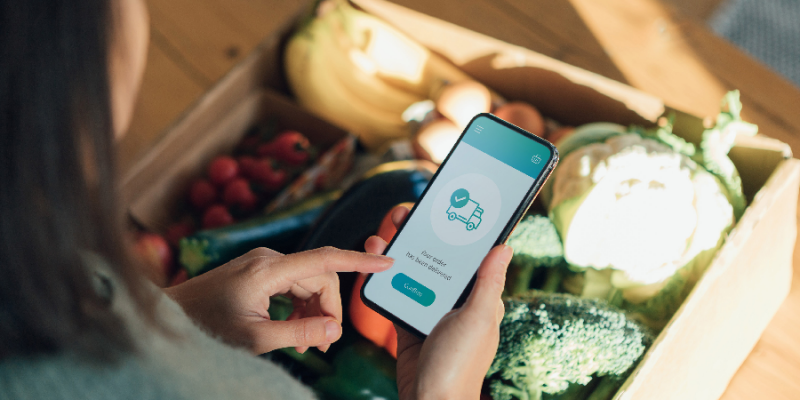Retailers who view the changes in customer payment habits and general shopper behavior as “the hype for the moment” might be in for a rude shock post-pandemic.
Some of those habits will stick. According to Winston-Salem, N.C.-based Inmar Intelligence, 28% of grocery buyers will ditch a retailer who doesn’t have a contactless payment option for another.
Plus, a surprising 33 percent of customers admit their commitment to everyday shops has changed with the onset of COVID– thereby providing the platform for food & grocery dealers to attract more business through personalized payment experienceslike PinwheelPay.
Higher Expectations of a more Digital Experience
Recent stats from Experian, a credit reporting agency, further reinforces that point. The Dublin-headquartered firm found more than half (60 percent) of shoppers have “high expectations” of a more digital experience post-pandemic than before.
More to that, 61 percent of the interviewed individuals admitted to ordering food deliveries and grocery online. This figure represents a seven-point uptick since July.
Plus, more than half of buyers (55 percent) have been staying away from cash since the start of COVID.
All these are warning signs all businesses must study current trends and shift to shopper-friendlier strategies.
Wait Times are Shorter than Ever
More findings by Experian show a significant decrease in wait times. Now, 1 in 3 shoppers will only wait 30 seconds or less before ditching an online payment.
Shoppers need quick access to financial accounts and faster payments. This will soon grow into a standard expectation in all retail sectors.
But How Prepared are Retailers?
Still, it’s not clear whether all food and beverage retailers are aware of these expectations, even as we approach 2021.
Though half of the interviewed businesses have either mostly or fully restarted operations as of COVID’s emergence, only a meager 24 percent are upgrading to a digital customer journey.
A slow-to-change attitude not only threatens to ruin shopper loyalty but also be costly to a merchant. This is because interchange fees are expensive for grocery and food merchants, and not adding cheaper digital payment types can ruin your financial bottom line. And, at the same time, failing to retain clients.
The Takeaway
While most of these stats were specific to food and grocery retailers, the general business landscape has seen a change in customer habits and expectations.
For retailers, the challenge is to understand your customers’ specific needs and adjust to the current.
Author Bio: Content crafter Alex Wilmont has been active in the payments industry for over 15 years. He lives simply, gives generously and loves his 2 dogs. His mission is to enhance and innovate the fintech industry for years to come.











Comments